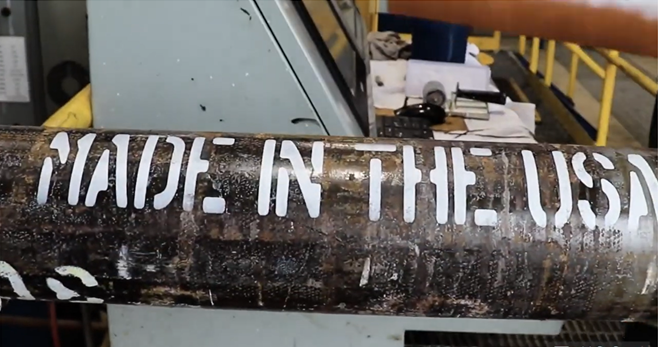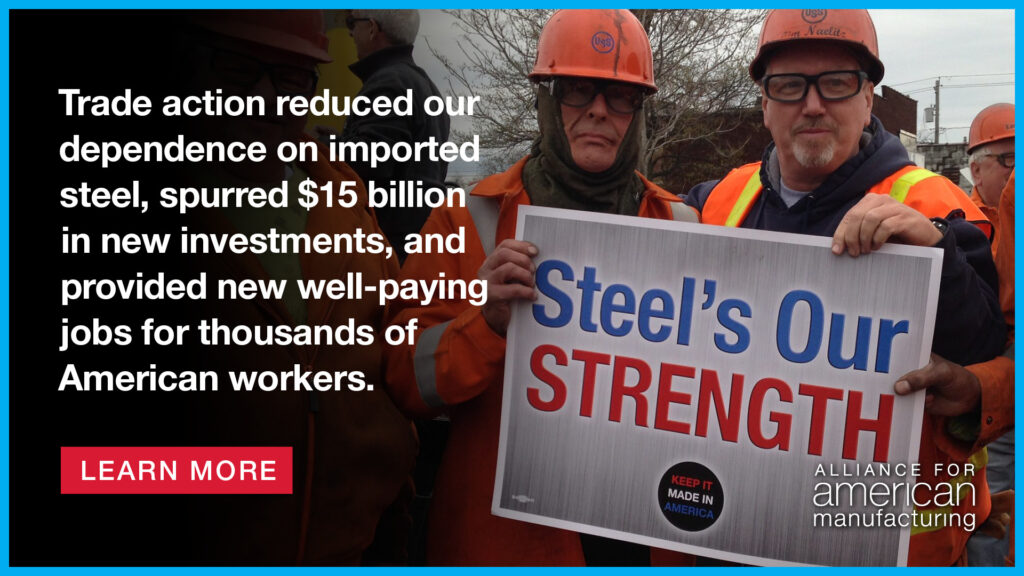
Our new video explains why trade action worked — and why it would be a mistake to remove it right now.
Who doesn’t love a good top five list?
We’re debuting a new video today that highlights the five reasons why the U.S. must maintain Section 232 tariffs on steel imports. You can watch it below:
As the video highlights, Section 232 was put into place in 2018 because of surging imports driven by global steel overcapacity. Thousands of American steelworkers had lost their jobs, and dozens of facilities had closed across the country. The entire steel industry was in crisis, threatening not only the long-term viability of the industry but also U.S. national and economic security.
The Section 232 tariffs stabilized the industry. Thousands of new jobs were created, and tens of billions of dollars have been invested in steel facilities. As the Economic Policy Institute has found, the tariffs didn’t lead to any real-world impacts on downstream steel consuming consumer products (think: washing machines).
But now there some steel importers and even foreign countries who are lobbying the Biden administration to remove Section 232. This would be a big mistake, because the global steel overcapacity crisis — the thing that led to all those lost jobs and factory closures to begin with — continues unabated.
Countries like China, Russia, South Korea, Turkey, Brazil, and even in the European Union continue to have excess steelmaking capacity, much of it from state-owned or state-supported enterprises. If Section 232 was lifted now, before a multilateral, enforceable solution to the larger overcapacity crisis was put into place, the U.S. market once again would be flooded with excess steel. That would be disastrous for U.S. steelworkers and companies, almost certainly leading to layoffs and plant closures — and could threaten the long-term viability of the entire steel industry.
Please check out the video, and be sure to tell President Biden to maintain Section 232 trade action.

